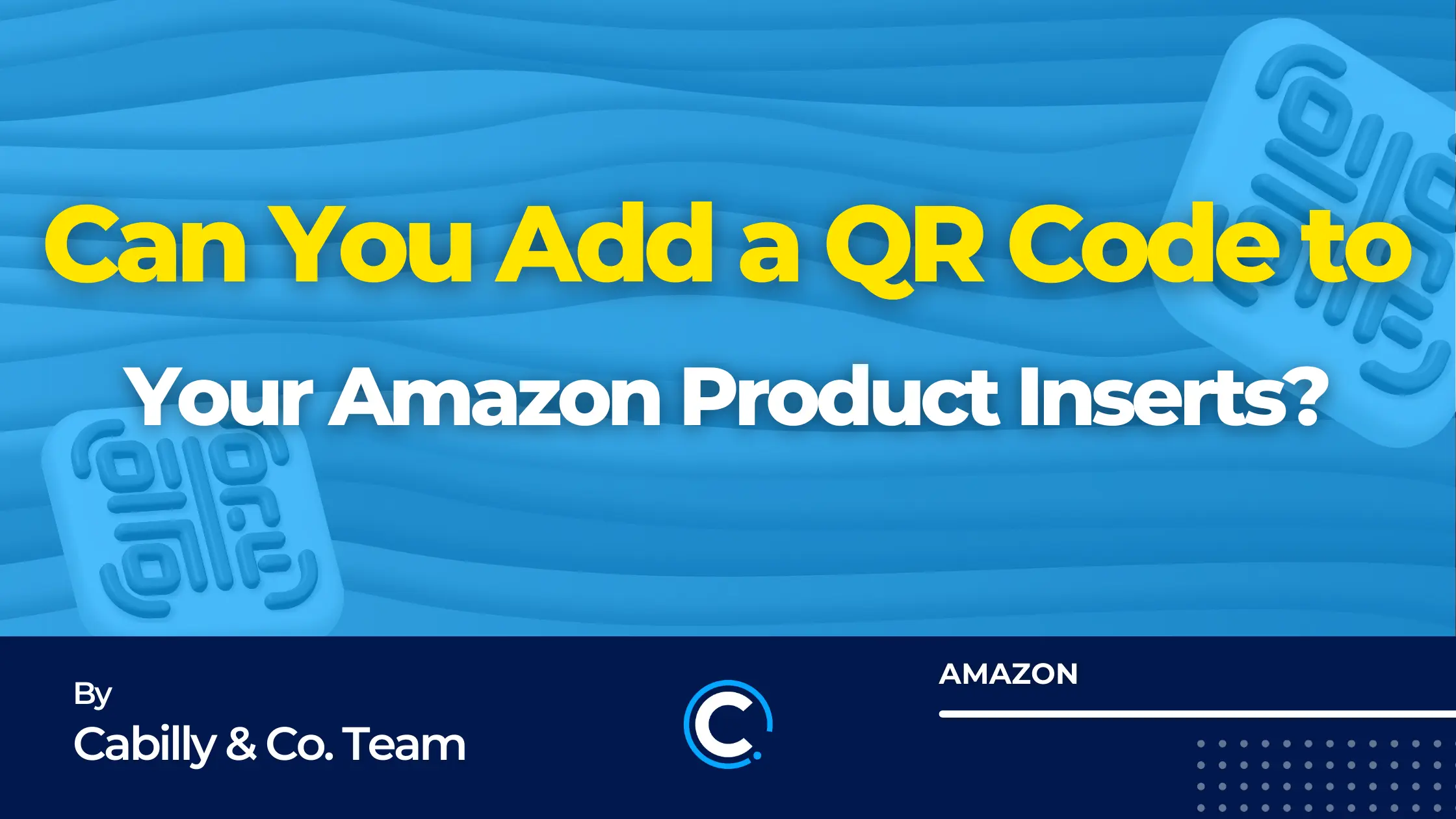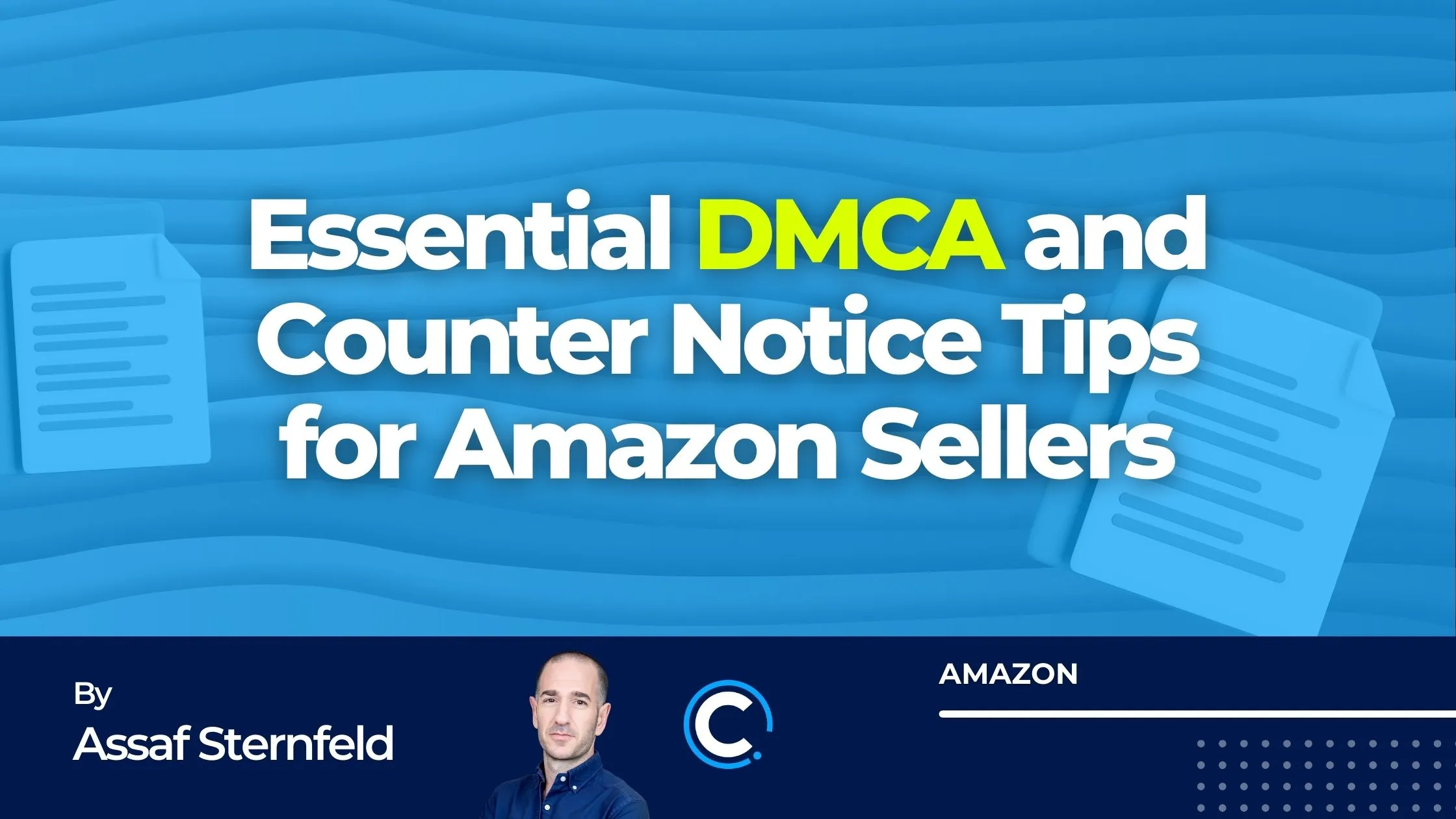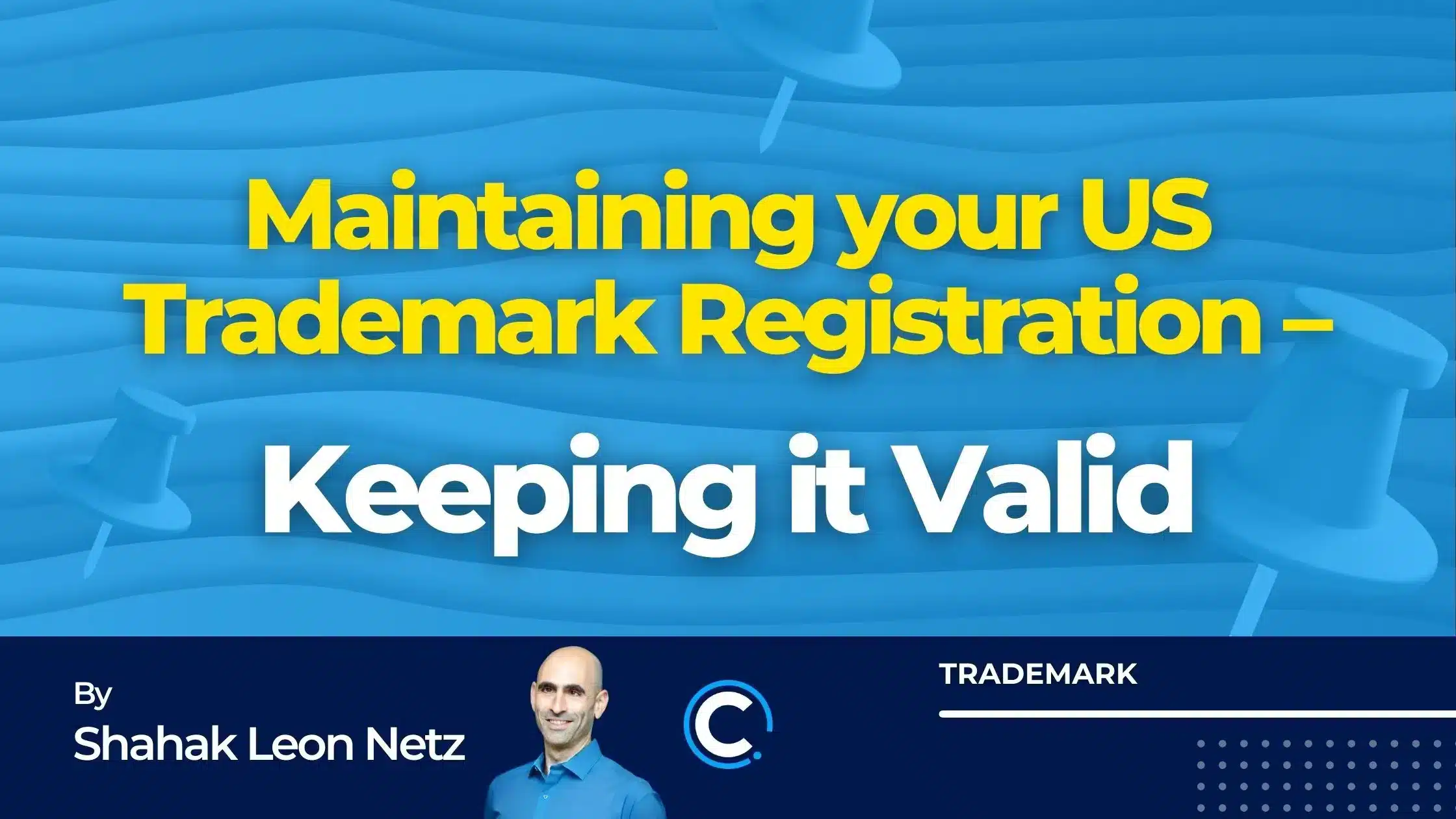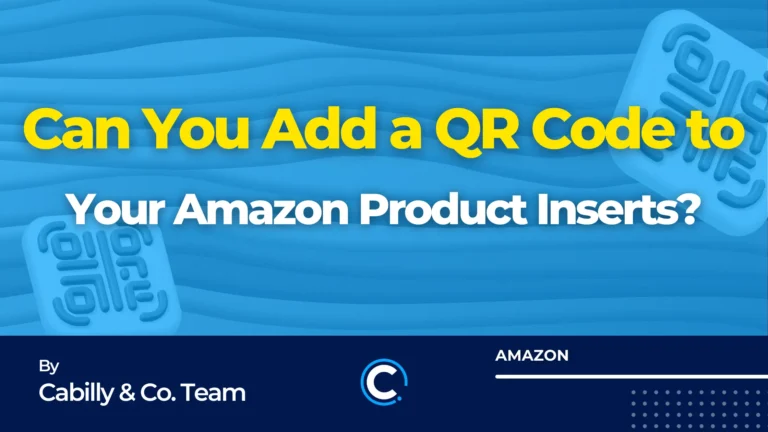
Table of Contents
In a previous article, we answered the question, “Can product inserts be used?” We received amazing feedback from you, stating how helpful the article was. Recently, we noticed that many of you have asked Billy about inserts that include a QR code and whether Amazon approves their use. Therefore, we’ve decided to focus on this topic and create an article that will clarify these issues.
Enhancing the customer experience and staying at the forefront of innovation are key objectives for Amazon sellers. The use of QR codes in product inserts has emerged as an intriguing strategy for many, sparking discussions about its legality and compliance with Amazon’s terms of service.
Addressing common concerns from sellers of all levels, this article aims to demystify the use of QR codes within the context of Amazon’s policies, providing clear guidance for those looking to incorporate this technology into their product strategy. Our focus is to ensure sellers can leverage QR codes effectively, while fully adhering to Amazon’s guidelines.
Understanding the Landscape
Amazon’s Terms of Service and guidelines are meticulously crafted to ensure a fair, safe, and trustworthy shopping environment. These documents detail labeling and barcode requirements primarily for product tracking and authentication but do not specifically address the use of QR codes for additional purposes like marketing or directing customers to external sites.
However, Amazon explicitly prohibits promotional materials that could potentially lead customers away from its ecosystem. This policy prompts careful consideration of QR codes that link to external content, whether for marketing, customer support, or additional product information.
Navigating the Gray Area
With no direct guidance on QR codes for non-tracking purposes, sellers must proceed with caution. It’s crucial that any QR code usage aligns with Amazon’s policies regarding promotional materials and customer experience, avoiding any implication of redirecting customers off Amazon for further purchases or content engagement.
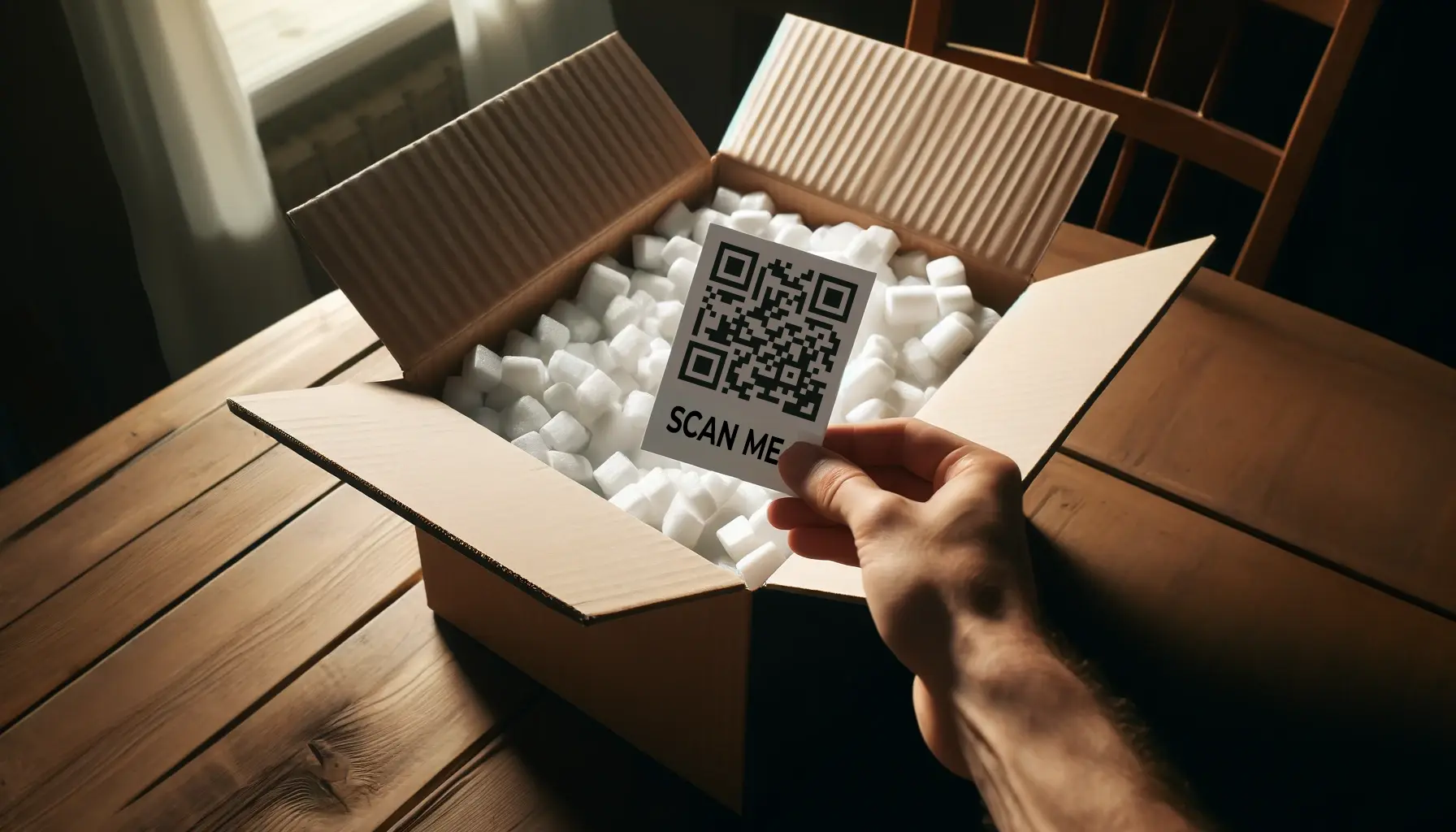
Best Practices for QR Code Use
When thinking about incorporating QR codes into your product inserts, adhere to the following best practices to ensure compliance:
Direct Relevance:
Ensure the QR code is directly related to the product purchased on Amazon, aiming to enhance the customer’s experience with that product.
Non-Promotional:
The content accessed via the QR code should be strictly non-promotional, focusing on adding value to the customer’s purchase without encouraging off-platform interactions.
Transparency:
Clearly state the purpose of the QR code on the product insert, so customers understand that scanning it will lead them to information or services related to their purchase.
Incorporating Warranty Information
Utilizing the QR code to streamline the warranty registration process is a compliant and beneficial approach that aligns with Amazon’s guidelines. This method simplifies the activation of the product’s warranty for customers, providing direct value related to the product without encouraging external sales or interactions.
Following the registration, the QR code can also direct customers to detailed warranty information. This helps them understand the terms and outlines the process for claiming the warranty if needed, further enhancing the customer experience without violating Amazon’s policies.
Conclusion
While QR codes in Amazon product inserts occupy a gray area, careful use focused on non-promotional content can be compliant. However, given Amazon’s evolving policies, we recommend minimizing QR code usage to avoid potential issues. It’s advisable to rely on Amazon’s systems for customer engagement and review requests. Staying informed and seeking expert advice when necessary can help navigate these complexities, ensuring that any innovative strategies, including QR codes, are used effectively and within legal boundaries.
Have questions about integrating QR codes into your Amazon product strategy? Feel free to reach out for further guidance.



